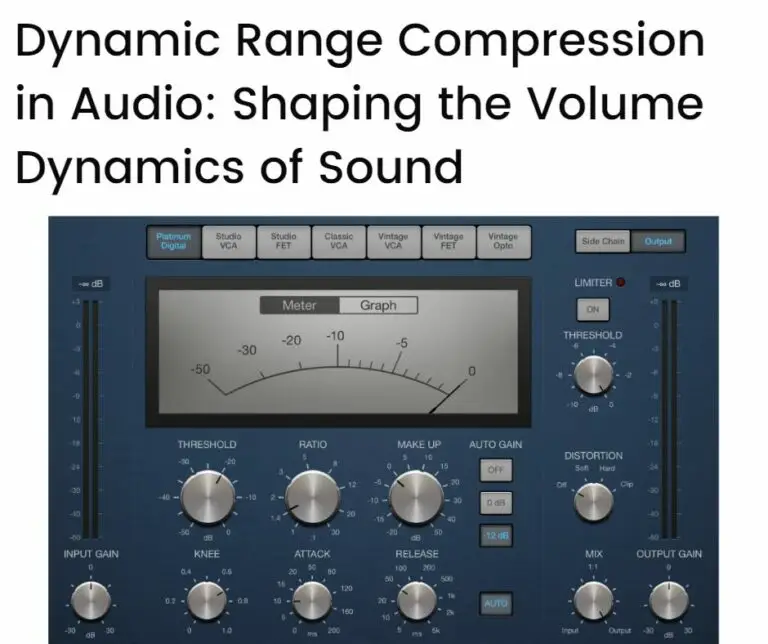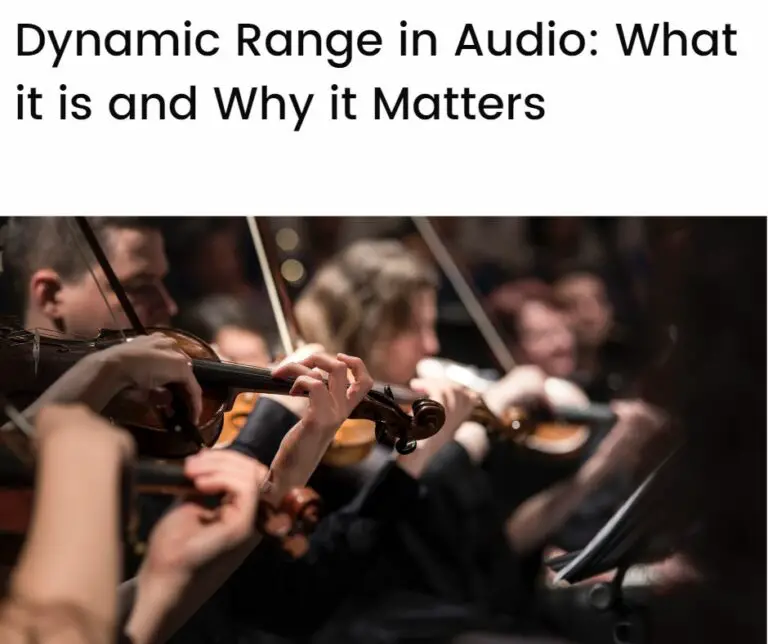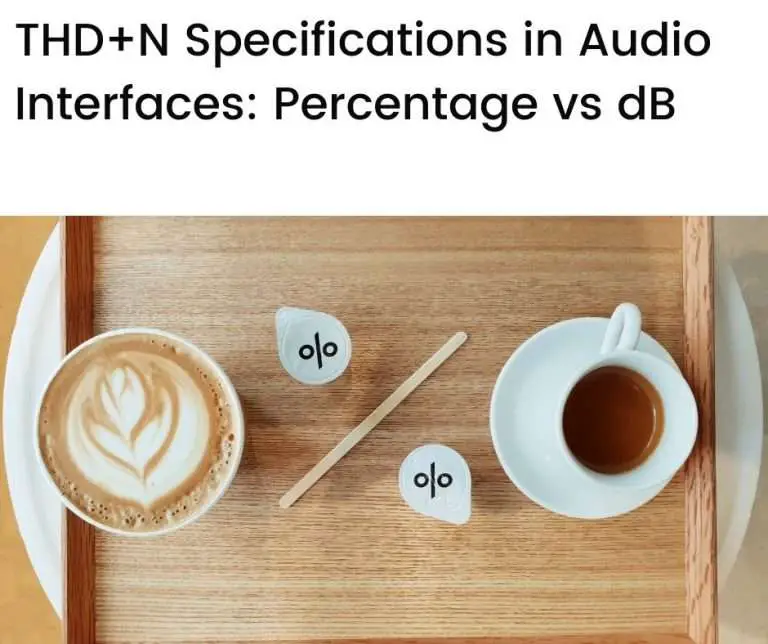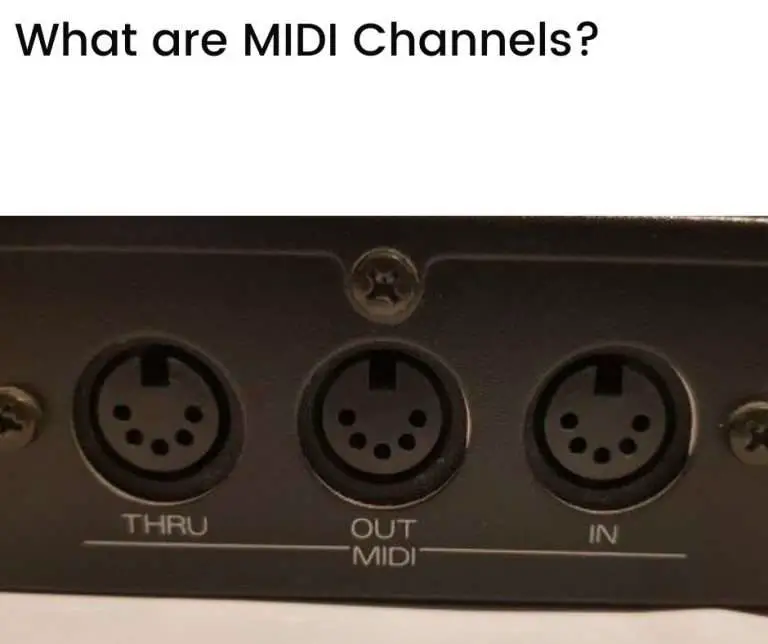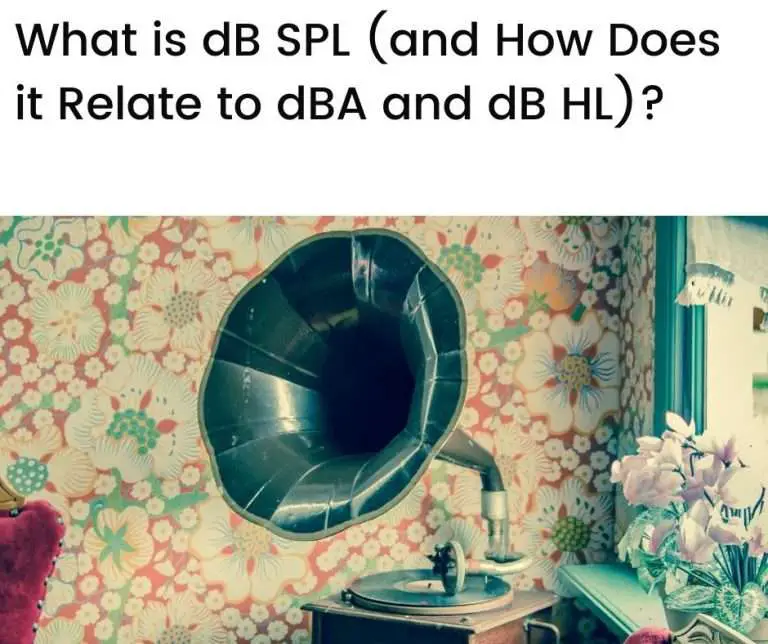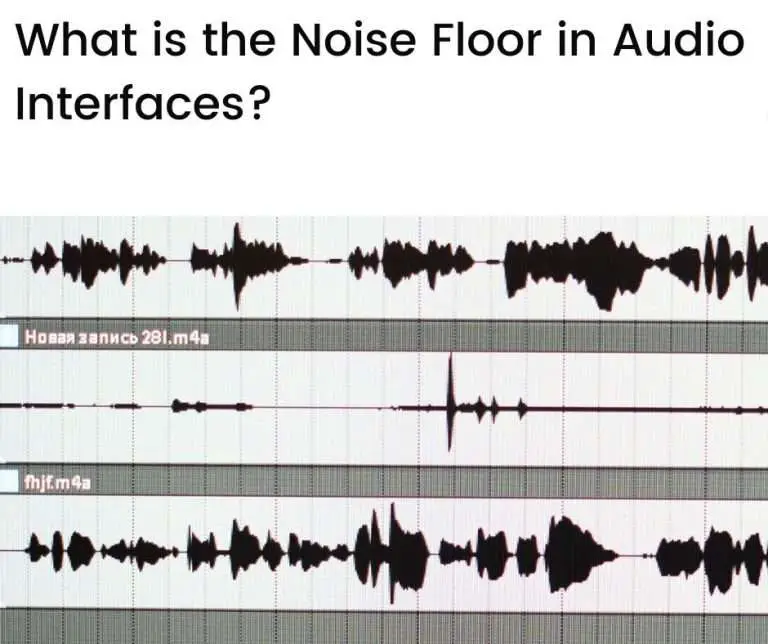Dynamic range compression in audio—audio compression—reduces the dynamic range of an audio signal. The dynamic range is the difference between the quietest and loudest sounds. Audio compression is used in music production, vocal recordings, and broadcasting and helps to deliver a more consistent and enjoyable listening experience. When overdone, however, audio compression can result in…
